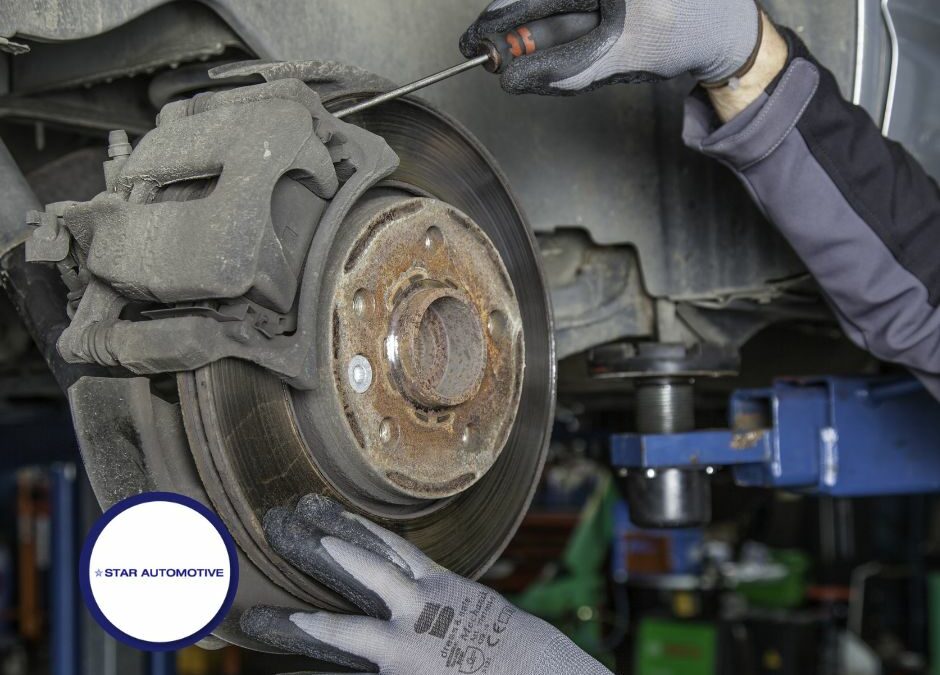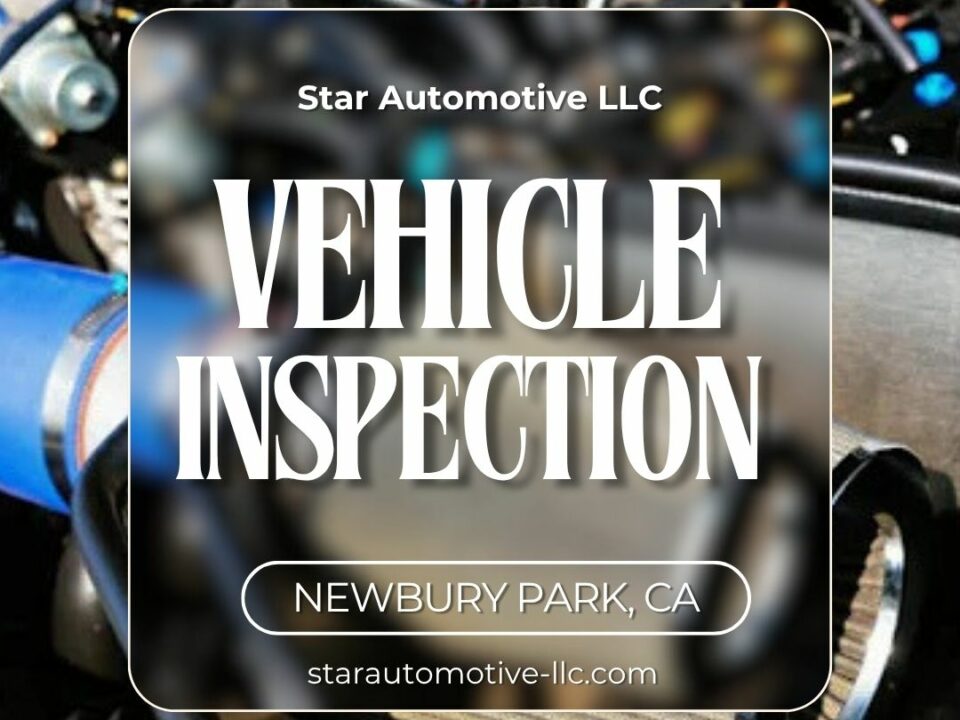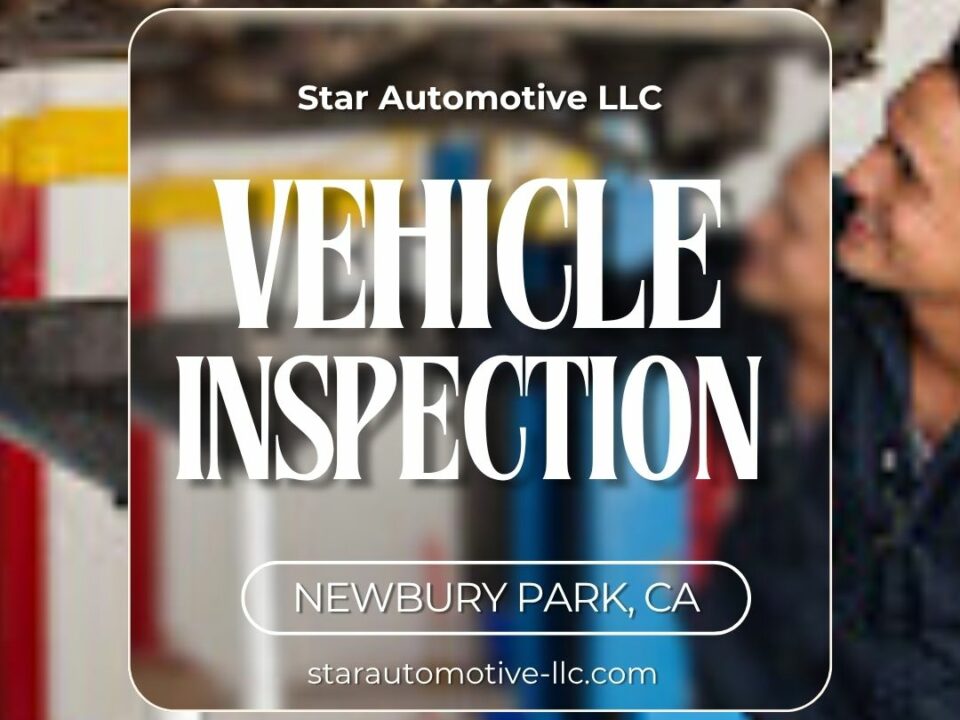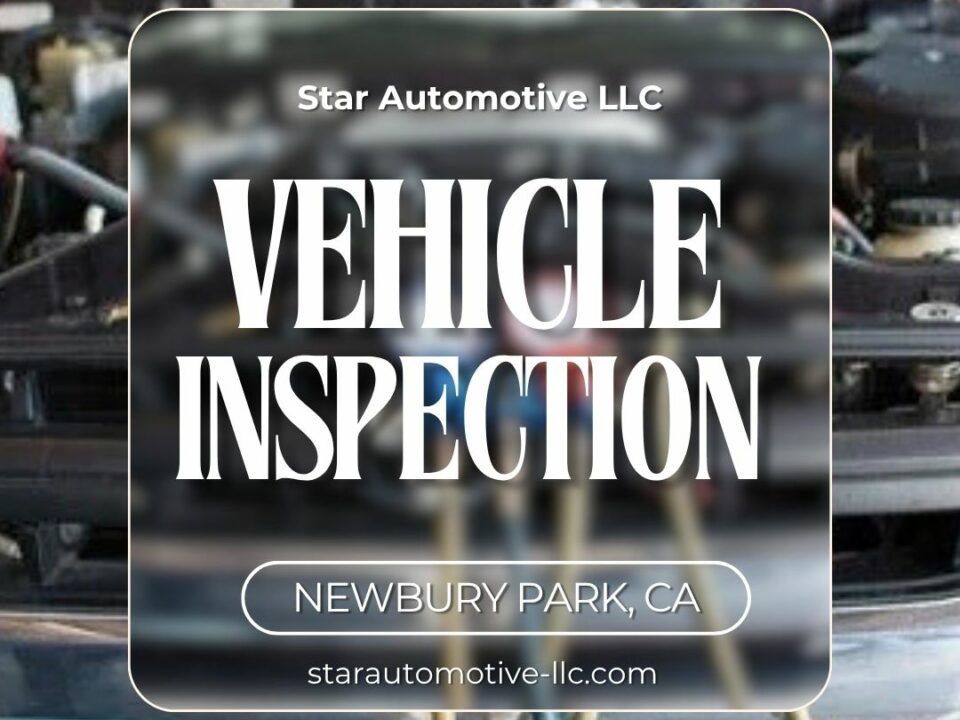
The Essential Guide to Vehicle Inspection: Understanding Safety Standards
November 20, 2023
Maximizing Vehicle Performance: Advanced Tips for Thorough Vehicle Inspections
November 20, 2023Vehicle inspection is a crucial aspect of vehicle ownership, ensuring both safety and compliance with legal standards. This guide provides drivers with essential information to navigate the vehicle inspection process effectively.
Understanding Vehicle Inspection
The Purpose of Vehicle Inspections
Vehicle inspections are designed to ensure that vehicles meet specific safety and emission standards. These inspections help in identifying potential issues that could lead to accidents or environmental harm.
Types of Vehicle Inspections
There are various types of vehicle inspections, including annual safety checks, emissions tests, and pre-purchase inspections. Each type serves a different purpose and has different requirements.
Preparing for a Vehicle Inspection
Essential Pre-Inspection Checks
Before your vehicle inspection, it’s important to perform basic checks. Ensure your lights, brakes, tires, and windshield wipers are in good working condition. Also, check fluid levels and the condition of your battery.
Gathering Necessary Documentation
Bring all required documents, such as your vehicle registration, proof of insurance, and any previous inspection reports, to the inspection.
During the Inspection
What Inspectors Look For
Understand what inspectors typically examine: vehicle safety features, emissions, and overall mechanical condition. They may check brake systems, steering, lights, and exhaust systems, among other components.
Handling Inspection Results
If your vehicle passes the inspection, you’ll receive a certificate. If it fails, you’ll get a report detailing the issues. Understand the implications of these outcomes and the next steps you should take.
Post-Inspection: Addressing Issues
Dealing with Repair Recommendations
If repairs are needed, prioritize them based on safety and legal requirements. Use a trusted mechanic to ensure quality work.
Re-Inspection Procedures
In cases of failure, understand the re-inspection process. Know the timeline for completing repairs and scheduling a re-inspection to ensure compliance.
Staying Informed and Compliant
Keeping Up with Inspection Schedules
Maintain a schedule for regular vehicle inspections. This not only ensures compliance with legal requirements but also helps in maintaining your vehicle’s longevity and performance.
Understanding Regional Variations in Vehicle Inspection Requirements
Vehicle inspection requirements can vary significantly depending on your location. Stay informed about the specific requirements and standards in your region.
Ensuring Safety and Compliance
Navigating the vehicle inspection process is a key responsibility of every driver. By understanding what is involved, preparing adequately, and addressing any issues promptly, you can ensure your vehicle remains safe, compliant, and in optimal condition.




